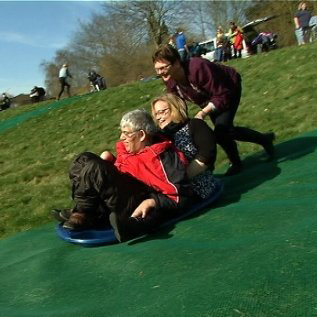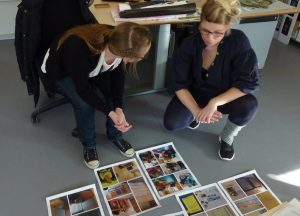“Man is by nature a social animal. An individual who is unsocial naturally and not accidentally, is either beneath our notice or more than human. Society is something that precedes the individual. Anyone who either cannot lead the common life or is so self-sufficient as not to need to, and therefore does not partake of society, is either a beast or a god. ” – Aristotle, Politics
Man in complete isolation cannot exist normally. Cases such as those of Kasper Hauser, Amala & Kamala, Anna and Isabella demonstrate the effect of social isolation on human beings. All human qualities such as to think, enquire, learn, play is developed in human society through interaction with other humans. According to Marx, man at birth is like a blank sheet of paper on which culture writes its text. However, it is good to understand that man is social not just by his nature but also by necessity. His basic needs, psychological safety, social recognition, love and self-actualization can only be fulfilled in the course of his life within the framework of human society.
It is therefore important to note the importance of social relationships and the dynamics of our environment. Each person has a specific relationship with his environment and people in that environment. The experience of these interactions and relationships create memories and expectations for future experiences. The relationship and engagement people share is paramount in creating experiences – but it’s a delicate balance. An experience can be smooth or broken depending on how the person delivering it behaves and engages with the other(s). The processes, flows and entire systems could be worked out, but the interaction of a personnel with the user can destroy or enliven all the planning and strategic foresight. So one can surmise that they have little control over other people’s behavior and corresponding action-reaction cycles of their end users. Thereby leading one to conclude that social relationships cannot be controlled or designed.
But society is full of those who break the norm. One such example is that of a group of designers from Design School Kolding, who attempted to design social relationships for disabled citizens at Skansebakken – a municipal care home. Their objective was to investigate how service design might help provide a better level of service to the residents within a restricted budget. The project is a great example of how design created a shift in perception and behavior to result in marked success for over a year now. An extensive project which started with identifying key problem areas and ended in 3 prototypes and eventual working models which made a significant difference in the lives of the residents.
An excerpt: ” The Designing Relationships project shows how design thinking made a real difference to a group of physically and mentally challenged residents at a Danish municipal care home. The project was a cross-disciplinary collaboration between designers and public actors to develop relationships for severely disabled residents in Vejle, Denmark. Throughout the project, all parties worked closely together to understand what kind of social relationships give meaning to the residents who are a target group having difficulties communicating with their sur- roundings. What made them happy, how did they manifest their enthusiasm and which social relationships did they particularly appreciate? The evaluation of the project’s results shows remarkable improvements in the residents’ wellbeing and in the process the project has received several awards.” Read more…
—


